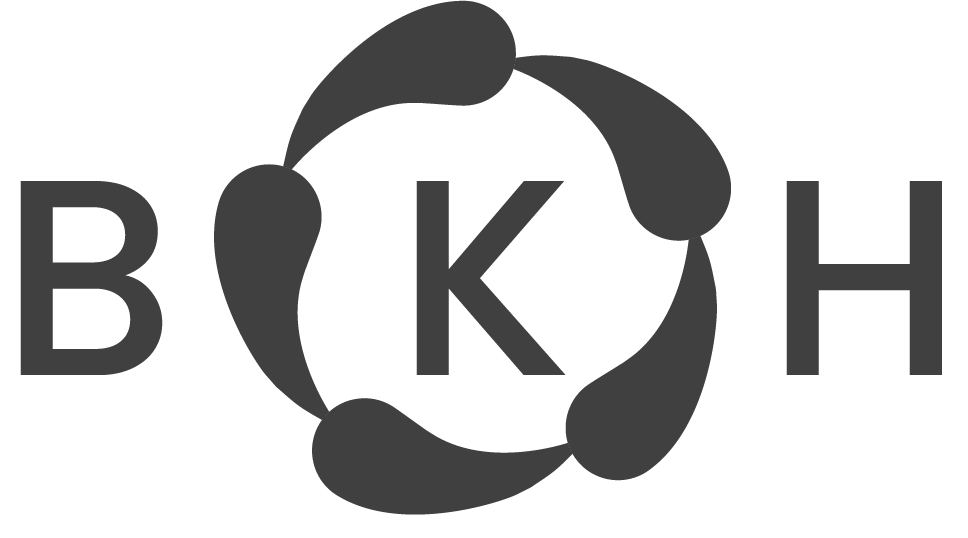
EXPLORE Linked Data
Explore linked data services
Please contact the service provider directly if you have any questions or comments

ChecklistBank a publishing platform and repository for taxonomic data
COL and GBIF have united their capabilities to make ChecklistBank, a publishing platform and repository for all taxonomic checklist datasets, nomenclatural datasets, and any other publicly published species lists. Through Plazi’s TreatmentBank tens of thousands of datasets from liberated publications are made available. ChecklistBank also contains classifications, species hypotheses, OTUs and BINs from Barcode of Life, NCBI Taxonomy/ENA, UNITE/PlutoF, amongst others. Data in ChecklistBank are used to assemble the Catalogue of Life Checklist to create a consistent and up-to-date listing of all the world’s known species. Data and tooling are also used to create custom taxonomic data products, such as the backbone taxonomy for GBIF. The COL Checklist has stable name usage identifiers, and the annual or monthly versions of the COL Checklist are issued with Digital Object Identifiers, also for the contributing data sources.
ChecklistBank is open for others to add and use. It generates a standardised interpretation of data. Tooling is offered to search for name usages across different datasets (checklists) and to compare name usages between datasets. All datasets can be searched, browsed, downloaded or accessed programmatically via the ChecklistBank API.
Links: https://www.checklistbank.org/, https://catalogueoflife.org
Contact: support@catalogueoflife.org

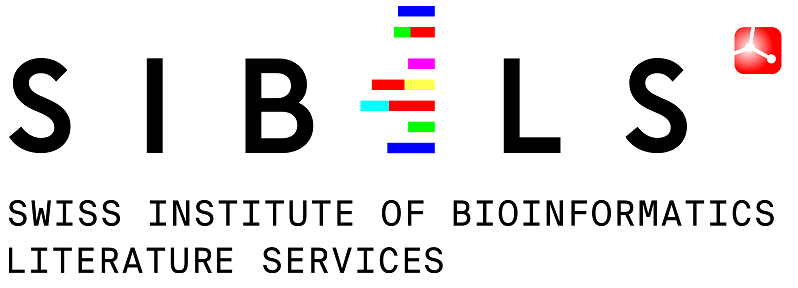

Specimen and Material Citation Matching Services
The e-Biodiversity matching services, in short e-Biodiv, are a set of services and Graphic User Interfaces to support the linking of specimen and material citation data. These pairs are based on material citations in GBIF mediated by Plazi and discovered by applying the clustering algorithm in GBIF.
Link: https://sandbox.ebiodiv.org/
Contact: alexandre.flament@hesge.ch+ gsautter@gmail.com
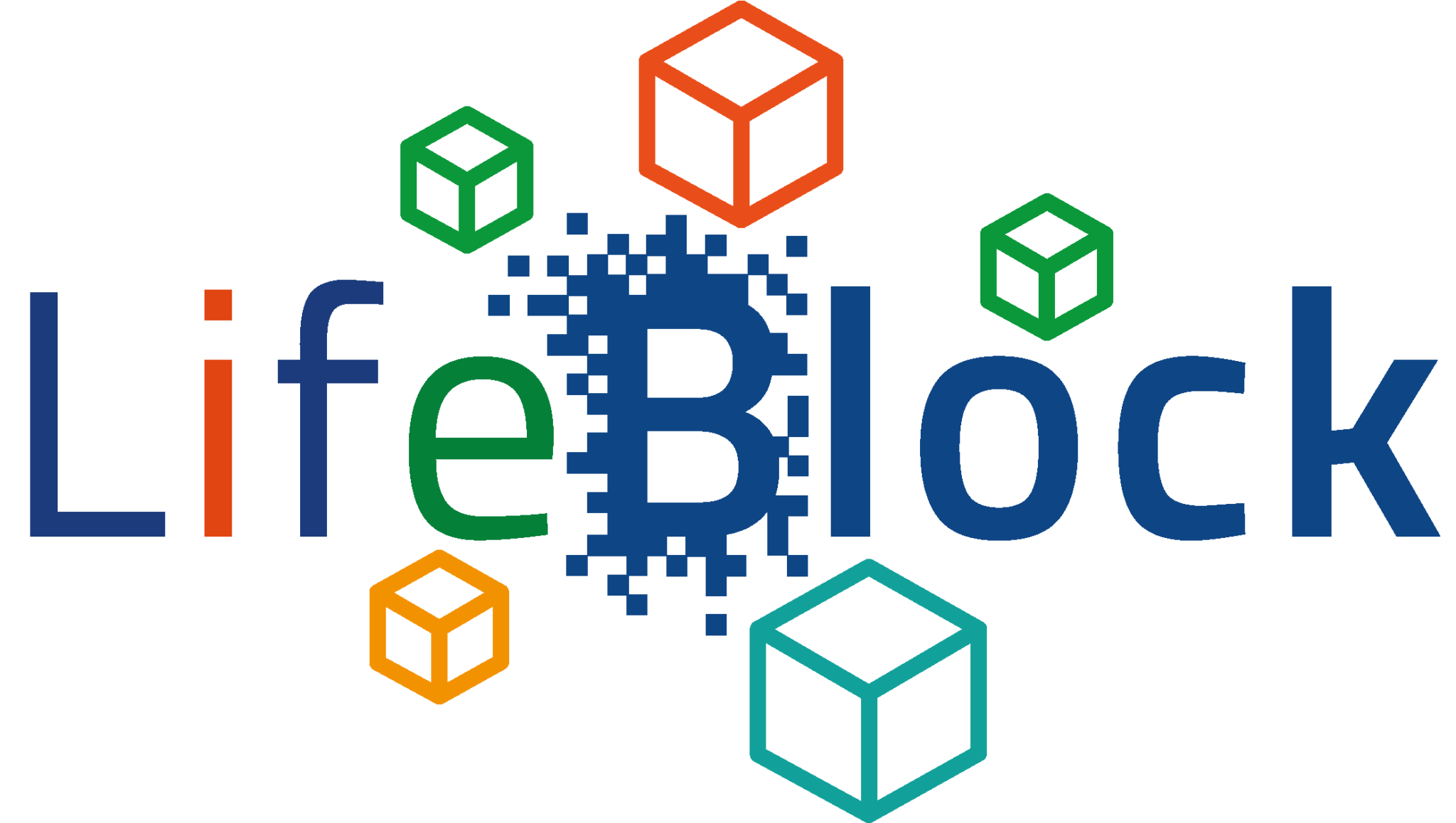
Federated and Semantic Search in Research Infrastructures
LifeBlock is a service developed by LifeWatch ERIC that provides federated search and semantic search on any of the research infrastructures. The user can search and then store the results in a dedicated account that preserves the traceability of all the information management following FAIR principles. LifeBlock can search both metadata and data. Additionally, advanced users can create their own applications and implement them to manage the information retrieved.
Link: www.lifeblock.eu
Contact: joaquin.lopez@lifewatch.eu
LifeWatch Search: High-Speed Federated Search across Biodiversity Data Repositories
LifeWatch Search is a high-performance service developed by LifeWatch ERIC that enables extremely fast federated search across a wide range of biodiversity data infrastructures. The service maintains fully up-to-date indices for all connected sources, including GBIF, Zenodo, eLTER, OBIS, REDIAM, DiSSCo, iBOL, EMODnet, Plutof, WoRMS, EDI, and others. Users can query multiple databases simultaneously and retrieve harmonized results with minimal latency. Designed around FAIR principles, LifeWatch Search also supports advanced search and API access for integration into automated workflows and research environments.
Link: https://search.lifewatch.eu
Contact: joaquin.lopez@lifewatch.eu

Curation of DNA Sequences
PlutoF offers a third-party curation service to improve the quality of public DNA sequences and their source metadata (e.g., on material source, geolocation and habitat, taxonomic identifications, interacting taxa, literature, etc.) In collaboration with EMBL-EBI, improved or corrected annotations on INSD sequences in PlutoF are fed back to primary repositories through operating the ELIXIR Contextual Data ClearingHouse. Searching and browsing of third-party annotations introduced by the UNITE Community can be done via RESTful API or using search interfaces of PlutoF and UNITE.
Link: https://plutof.ut.ee
Contact: info@plutof.ut.e
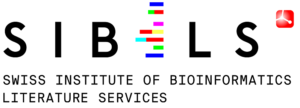
Biodiversity PMC
A custom search engine to explore biodiversity literature alongside biomedical biomedicallogical literature (e.g., PMC, MEDLINE). The service provides access to Pazi’s taxonomic treatments in JATS/TaxPub formats. Based on the SIB Literature Services (SIBiLS), all contents have been semantically enriched with several domain-specific onto-terminologies (e.g. NCBI Taxonomy, Open Tree of Life, Gene Ontology) to enable users to author semantically enhanced queries. Inspired by the “One Health” recommendations of WHO, the service is enhancing the coverage of PubMed Central by integrating a growing collection of Open Access full-text publications in biodiversity related fields, such as ecology and taxonomy. The data are distributed under CC-BY licences in BioC formats.
Link: https://biodiversitypmc.sibils.org/
Contact: julien.gobeill@sib.swiss

Biotic Interactions Browser
The biotic interactions browser searches the literature to identify pairs of species that could have a biotic relationship. Each identified interaction is accompanied by one or several relevant passages extracted from the scientific literature. With this tool, users can discover new biotic interactions and understand how they are established.
Link: https://biotxplorer.sibils.org
Contact: emilie.pasche@sib.swiss

SIBiLS SPARQL Endpoint
The SIBiLS SPARQL endpoint allows to run SPARQL queries on a subset of annotated PMC publications. The textual content and structure (title, sections, paragraphs, etc.) is described as well as a list of named entities (multidimensional concepts) found and located in the full text of the publications. The ontology used to describe the publications can be found here. The triple store contains a sample of 3000 publications at the moment. The content of the triple store will be extended in the future and include alternate publication sources as well.
Link: https://sibils.text-analytics.ch/sparql
Contact: pierre-andre.michel@sib.swiss


Explorer for taxonomic name synonymies and augmentations
Synospecies is using published taxonomic treatment citations to represent the history of taxonomic names. A visualisation provides an overview of the history and a SPARQL endpoint is available for exploration. The data is provided by TreatmentBank and is available as RDF.
Link: https://synospecies.plazi.org/
Contact: reto@factsmission.com


Access point to data and bidirectional links liberated and made from publication
TreatmentBank provides an access point to explore and discover data liberated from publications, and to bidirectional links created by the deposition of data to respective services (Catalogue of Life / ChecklistBank; GBIF; ENA; Zenodo (Biodiversity Literature Service)
Link: https://tb.plazi.org/GgServer/srsStats (all data) and https://tb.plazi.org/GgServer/linksStats for bidirectional links
Contact: agosti@plazi.org

ARPHA Writing Tool 2.0
ARPHA Writing Tool 2.0 (AWT 2.0) is an XML-based, WYSIWYG (What-You-See-Is-What-You-Get) authoring tool, which allows co-authors and collaborators to work conveniently together on manuscripts before submission to a journal. To ensure interoperability and prompt re-use of data after publication, the tool relies on semantic enhancements and PIDs, vocabularies and ontologies.
To cater for the specifics of biodiversity publications, AWT 2.0 supports various domain-specific workflows, including data import and export, as well as bi-directional links with leading aggregators, e.g. GBIF, BOLD, INSDC, Catalogue of Life, ChecklistBank, TreatmentBank, BHL, Biodiversity Literature Repository, BiodiversityPMC (SiBILS) and others.
Link: https://awt-2.arphahub.com
Contact: info@arphahub.com


Nanopublications for Biodiversity
Nanopublications allow researchers to ‘fragment’ their most important scientific findings into ‘pixels of knowledge’, where each assertion becomes findable, accessible, interoperable and reusable (FAIR). Nanopublications can also be used to annotate existing publications or other online resources.
The Nanopublications-for-Biodiversity workflow and templates support various associations, such as those between organisms, between taxa, between taxa and environments, between organisms and nucleotide sequences amongst others. To do this, the domain-specific workflow and templates rely on community-agreed and widely used standards and persistent identifiers and API services from the likes of ChecklistBank, Catalogue of Life, GBIF, GenBank/ENA, BOLD, Darwin Core, ZooBank, Index Fungorum, MycoBank, IPNI and TreatmentBank.
Nanopublications can be published in association to a manuscript in BDJ, as standalone publications related to any other article or online resource or as annotation to any article published on ARPHA.
Nanopublications-for-Biodiversity is a collaboration project between Pensoft and Knowledge Pixels AG using the Nanodash tool.
Link: https://nanodash.petapico.org/connector/pensoft/bdj
Contact: Open a support ticket.

ENA Cross-reference Search
The ENA Xref service holds cross-references to a number of external data resources linked to ENA records. These cross-reference sources include both services operated by colleagues at EMBL-EBI (such as UniProt and Ensembl) as well as those operated outside EMBL-EBI (including OpenBioDiv and TreatmentBank). The update and frequency of each source is dependent on their own release cycle and/or internal processes, with ENA supporting updates as frequently as once a week. These cross-references can also be explored programmatically using the Xref API.ated with a set of species.

ENA Notebooks
ENA Notebooks serves as a dynamic tool to support scientists and researchers in discovering and interpreting data at the European Nucleotide Archive (ENA). This browser-based application leverages Jupyter Notebooks to create a versatile platform for developing interactive dashboards and reports and providing insights into the interoperability and reusability of data resources APIs. The ENA Biodiversity Notebooks search and display data and metadata available both at the ENA and other biodiversity infrastructures providing an overall view of biodiversity related information associated with a set of species.

Biodiversity Literature Repository
The Biodiversity Literature Repository (BLR) is a research infrastructure comprising the BLR Community on Zenodo at the European Center for Nuclear Research (CERN), and associated services such as TreatmentBank, Ocellus, Zenodeo API, and Synospecies that allow search, retrieval and analysis. BLR’s focus is on biodiversity data liberated from scholarly publications including taxonomic treatments and figures as well as the original articles annotated with custom metadata which are all crosslinked. With over a million deposits, BLR is the single largest community on Zenodo. BLR’s data are widely reused by organizations such as Global Biodiversity Information Facility (GBIF), the Catalogue of Life and others. All data in BLR are published under the CC0 Public Domain Dedication, remaining free for anyone to use, anywhere, for any purpose.
Link: https://zenodo.org/communities/biosyslit?q=&l=list&p=1&s=10&sort=newest
Contact: agosti@plazi.org
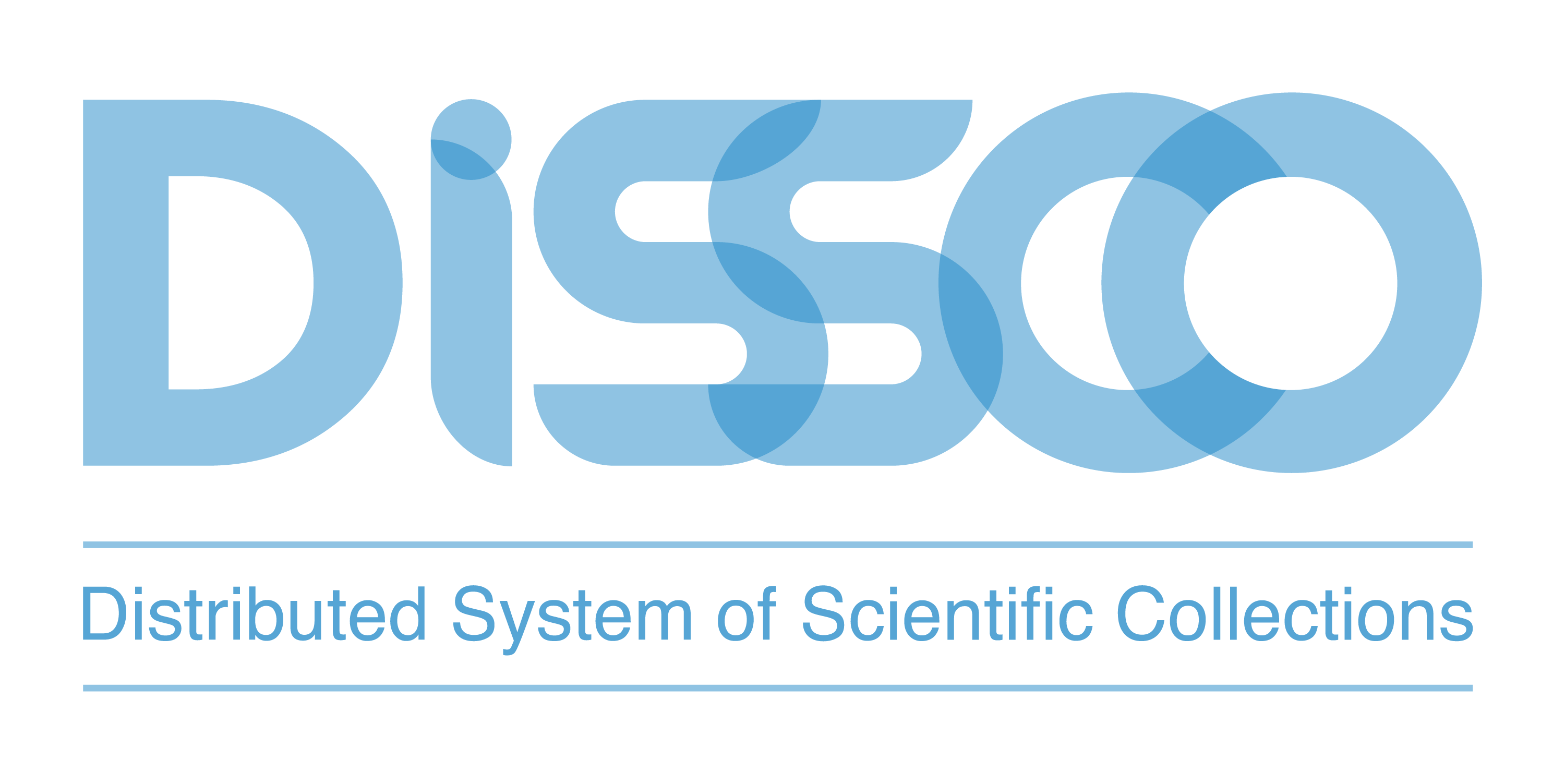
DISSCover
DiSSCover is a unified curation and annotation system, a platform to annotate digital specimens with new information, or with information already available online in research infrastructures as entity-relationships. This can link for example DNA sequence information to the specimen from which it was derived, and enables the concept of a digital extended specimen. This is a digital object that can be used as a surrogate for the physical specimen and contains or links to all known information about the specimen. The implemented annotation model is based on the W3C Web Annotation Data Model and supports annotation of structured data with concepts in biodiversity data standards like DarwinCore and ABCD. The digital specimens and their annotations are stored as FAIR Digital Objects in the Digital Specimen Repository developed in the BiCIKL project to be machine actionable.
Link: https://sandbox.dissco.tech/
Contact: info@dissco.eu

Biodiversity Knowledge Graph of Linked Open Data extracted from literature
OpenBiodiv offers a broad biodiversity-related querying system answering open-ended queries based on the data extracted and converted to RDF from Pensoft journals and Plazi’s taxon treatments. Data can be explored in four different ways: General search, SPARQL, User applications and API. OpenBiodiv can discover hidden links within biodiversity data (e.g. between authors, taxa, sequences, material citations, publications and others) and can guide research into how data is used in scholarly articles.
Link: https://openbiodiv.net
Contact: https://openbiodiv.net/contact

